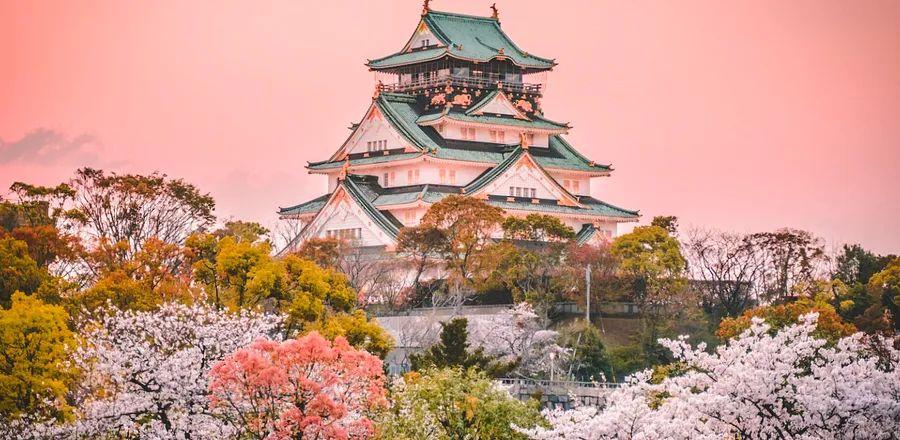Japan Set to Reopen for Travelers in June—Under Certain Conditions

Since the pandemic began in early 2020, Japan has restricted international tourism, but this will soon change. On June 10, visitors from 98 countries—including the United States—will be permitted entry with an organized tour.
In a Tuesday announcement, Japan’s tourism agency outlined its requirements for foreign visitors. Travelers must wear masks unless exceptions apply, secure private medical insurance covering expenses related to COVID-19, thoroughly sanitize their hands, and remain under the guidance of a tour guide—failure to comply may result in being sent home.
The guidelines state, “At the beginning of the tour, operators must inform participants about the infection control measures, including the necessity of wearing masks.”
The government also emphasized new etiquette for travelers. These practices include pre-portioned servings when sharing meals in restaurants and avoiding conversation in public baths.
Country-Specific Restrictions
Japan’s reopening strategy categorizes countries and regions into red, yellow, or blue based on COVID-19 risk. Nations in the blue category (like the United States) can avoid quarantine by presenting a negative COVID test prior to departure, regardless of vaccination status. Those in the yellow category (including India, Lebanon, and Portugal) can also skip quarantine if they provide proof of vaccination. However, travelers from the red category—comprising Pakistan, Fiji, Albania, and Sierra Leone—are required to undergo testing upon arrival and quarantine for a designated period.
Relaxation of restrictions aligns with similar global measures
As part of the easing of entry restrictions, Japan is raising its daily entry cap from 10,000 foreign arrivals to 20,000 in June—still a small fraction of the 31.88 million international tourists (averaging 87,000 daily) who visited Japan in 2019.
During an event in London in May, Prime Minister Fumio Kishida unveiled plans to relax travel restrictions.
“We have significantly relaxed border control measures, with further easing planned for June, when Japan will implement a more streamlined entry process akin to that of other G7 nations,” Kishida stated.
The G7 consists of seven advanced economies: Canada, France, Germany, Italy, Japan, the United Kingdom, and the United States. Apart from Japan, all other G7 countries have reopened to international leisure travel, each with varying restrictions—from requiring COVID vaccinations and tests for entry, as seen in the U.S., to lifting all COVID entry rules, like in the U.K.
These changes in Japan coincide with other Asian countries easing their COVID travel measures, such as Singapore, which eliminated its COVID testing requirement for vaccinated travelers on April 26. In contrast, countries like China have enforced stricter measures due to a rise in COVID cases, including reintroducing lockdowns earlier this year to manage recent outbreaks.
According to Johns Hopkins University, over 80 percent of Japan's population is fully vaccinated, with just over half having received a booster shot. This week, Japan also relaxed its mask-wearing recommendations. Masks are still suggested on public transport, in hospitals, and other public settings, but people can remove them outdoors when not in close proximity to others.
Reporting contributed by Associated Press and Chloe Arrojado. This story was originally published on May 6, 2022, and has been updated with the latest information.

1

2

3

4

5
Evaluation :
5/5